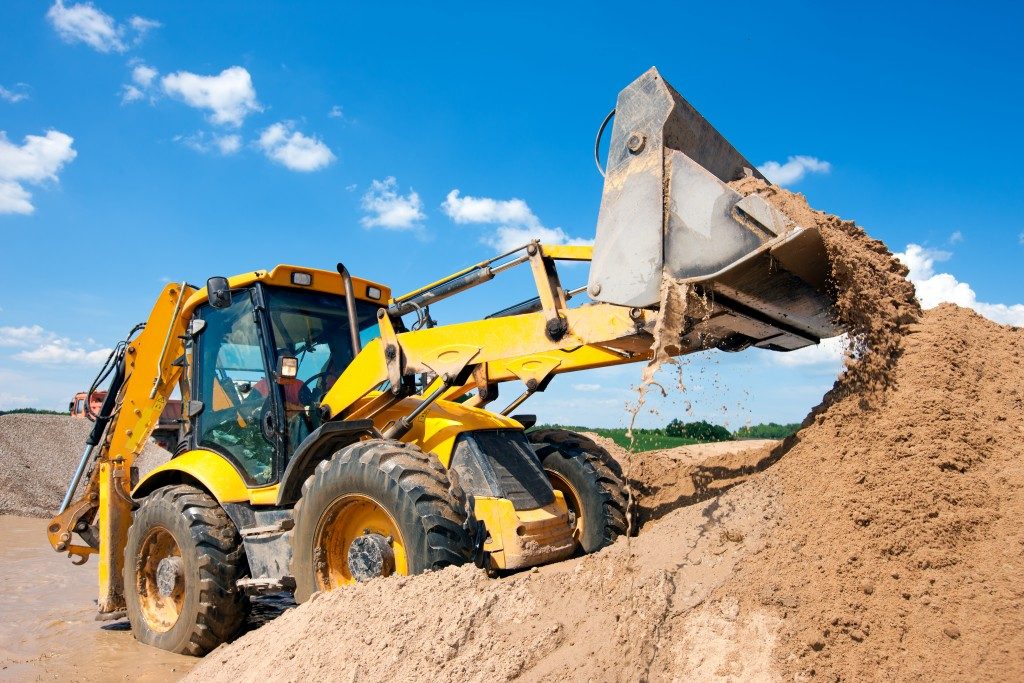Dewatering is the removal of surface water or groundwater from a construction site. Construction of buildings, dams, powerhouses, and other structures require firm and sound working conditions. Dewatering before an excavation provides a dry base for the foundations of these structures.
Dewatering is also done to avoid upheaval failure and prevent the leakage of sand and water at the excavation site. However, it can become a daunting task if you’re not able to adopt the right method. Here are four dewatering methods that can be applied at construction sites:
Wellpoint Method
Wellpoint dewatering requires a piston-style water pump for its suction. A partial vacuum is installed underground to draw groundwater up using pressure. Small diameter wells are installed and spaced around an excavation or alongside a pit, with each well referred to as a “wellpoint.”
Setting up a wellpoint system takes longer because of its complex components. However, it’s still considered one of the best options for dewatering construction sites because of its ability to clear out the water. Plus, the wellpoint method is effective and affordable.
Deep Wellpoint Method
In the deep wellpoint method, a series of wells are bored into the earth. Unlike the wellpoint technique, deep wellpoint doesn’t require suction. Wells are located outside an excavation area and are then pumped near the base using electric submersible pumps. At the surface, the system’s monitoring system, electrical controls, power supply generators, and water collection pipes are installed and arranged.
Open Sump Pumping
Open sump pumping uses gravity as its leading force. In a small excavation site, a sump is created which will collect water. Pumps are then used to get this collected water out of the excavated area.
In large excavation sites, there are two options in implementing the open sump method. You can either use a long narrow sump or place several sumps along the longer side of the excavation site.
An open sump is easy to apply, but you can only use it if the soil is sandy or if it has much gravel in it.

Eductor Wells
Also known as ejector systems, eductor wells are used when dewatering becomes too tricky for deep wells or wellpoints to work. They help stabilize excavation sites with low-permeability soil, such as clay, silt, and very silty sand.
Eductor wells work by generating a vacuum created by circulating pressurized water. Groundwater is drawn through the gap and into the well. From there, it is piped up to the reservoir tank to be used for recirculation again.
Engineering Analysis and Best Practices
It’s always challenging to choose the right dewatering method for a construction site. You have to consider the ground’s condition after it’s been excavated. You can’t use a technique because you want that kind of process. These techniques are not interchangeable. Each method can only be used for its particular application. If you want to know which method is best for your needs, get a complete engineering analysis first.
Aside from applying the right technique, it’s equally important to pay attention to where groundwater is discharged. Otherwise, erosion and other issues can occur around the excavated site. If you want to make sure that you’re disposing of groundwater properly, always follow best management practices.

